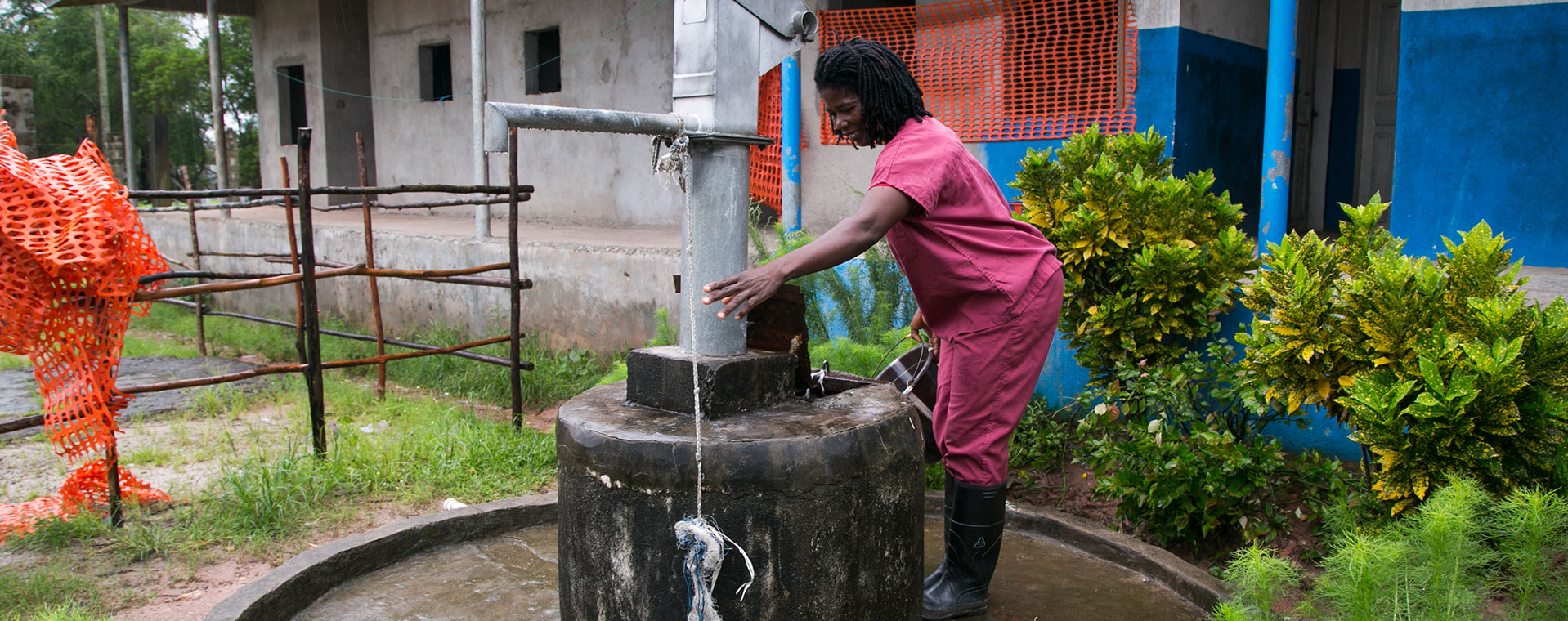The State of WASH in Cameroon
STORIES |
CBC Health Services
Introduction
In 2019 the World Health Assembly (WHA 72/A72 R7) urged member countries and organizations to conduct comprehensive assessments to quantify the availability, quality and needs for IPC/WASH in health care facilities and develop roadmaps for improvement (WHO, 2019). By 2020, all countries were supposed to have done their baseline WASH assessments, and by 2022, 60 % would have attained basic WASH coverage, 80% by 2025 and 100% by 2030. A few years away from 2030, many countries are still lagging behind these targets and the attainment of agenda 2030 is still questionable.
Infection Prevention & Control, Water, Sanitation & Hygiene (IPC/WASH) are the foundation of quality/universal health care and the determinant for the attainment of many health interventions like hand hygiene, environmental cleaning and disinfections, antimicrobial stewardship, clean hospitals etc. Every health care facility needs necessary and functional IPC/WASH services to provide essential and quality health services to all at all times. Unfortunately, globally, nearly half the world’s population lives without a safe toilet, at least 2 billion people still use a drinking water source contaminated with feces, and only 50% of the health facilities have hand washing facilities. (WHO, 2020). According to the WHO, 2 billion people still do not have access to basic sanitation and 5% of the world population from 55 countries still practice open defecation (WHO/UNICEF, 2020). Many of them are found in developing countries like Cameroon. The absence of WASH services seriously compromises patient safety and contributes to health care associated infections, antibiotic resistance and maternal and neonatal mortality (WHO, 2019; USAID, 2018).
The Goal of the assessment
This survey is the first to be done in Cameroon and therefore aimed to generate baseline WASH data which could be used to advocate for WASH improvements in Cameroon.
Design and methods
103 health facilities from 35 health districts in six of ten regions in Cameroon were assessed from November 29 to December 31, 2020. WHO/UNICEF WASH Facility Improvement tool (WASHFIT) and Hand Hygiene Self-Assessment tool was used. All health facilities were included irrespective of type and ownership. The teams were well received and accepted in all the facilities visited. Access permission was obtained on the day of the assessment. Each facility was assessed by a trained monitor accompanied by a staff of each facility designated by the head of the facility. The trained monitor gave some brief orientation on how to use the tool on the spot and both the staff and the monitor independently graded the facility and compared their observations at the end of the session, to ensure that the staff was comfortable with the monitor observation. Where there was any disparity, the monitor discussed his or her score with the staff to arrive at a consensus All the components of the WASHFIT tool including water, sanitation, hand hygiene, environmental cleaning and disinfection, health care waste, and management were covered. The indicators that were fully met were then used to calculate WASH coverage for each facility.
Results(see details on power point)
We found that WASH coverage is low in Cameroon, the lowest in health posts, followed by integrated health centers compared to hospitals.
Conclusion
There is a serious need to improve wash in Cameroon with particular attention at health posts and integrated health centers.
